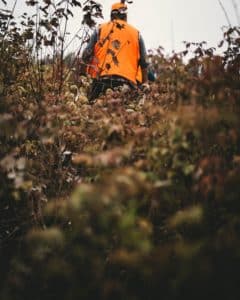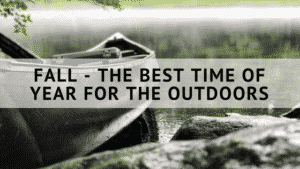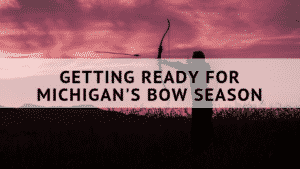
Licenses and Regulations
Make sure you know your license and the regulations in the area you are hunting. The Department of Natural Resources doesn’t take “I didn’t know” as an answer. Read up on hunting regulations, especially if you are in an area that is designated as a CWD danger area. Specific areas across the state also have restrictions on antler points and harvesting antlerless deer. Additionally, baiting is a long-used tactic in deer hunting, but many counties in Lower Southern Michigan has now banned baiting in an effort to combat the spread of CWD. Know the law before baiting!
Stand and Blind Safety
Opening day morning is not the time to discover there is an issue with your planned hunting area. If you are planning on hunting out of a tree stand, check it before opening day. Make sure the stand is still safely intact and usable. Additionally, make sure your shooting lanes are clear and you don’t need any branches cleared.
Permanent Ground Blinds
Be sure to inspect your permanent ground blind for any structural issues, such as the roof and windows. Critters love ground blinds in the summer and they can do damage, make sure your chair in is tact and the blind doesn’t have any safety issues. You will want to double check that your shooting lanes are clear and that you are able to take a responsible shot. If you use a heater, test it ahead of time and check it for any propane leaks. One method to do this is to spray dish soap on propane fittings while turned on. If you see bubbles, you have a leak. Make sure to address and fix this. Carbon monoxide poisoning is a real danger when using portable heaters in your blind.
Portable Ground Blinds
Take time to set up your portable ground blind ahead of time. If you are planning on setting the blind out ahead of the opener, make sure you know the rules of the area you are hunting. Be aware of property lines and the possible location of other hunters. Also, like with permanent blinds, make sure your planned shooting lanes are clear and present a safe shot.
Shooting Practice
It is the responsibility of hunters to safely and properly care for their weapon, which includes accuracy. In the weeks leading up to the opener, be sure to take the time to group in your weapon at a range. Be comfortable with it so you can place a proper kill shot. Many people get excited at the site of a deer, and shakiness can happen. Practicing ahead of time will help you calmly make a good shot. There are specific gun caliber rules based on if you are north or south of the Rifle/Shotgun line in Michigan; review the rules and be ready to use the right type of weapon.
Post Harvest Planning
So you get lucky and bag a buck, congratulations! Now, what though? Properly taking care of a deer is your responsibility. There is no catch and release in hunting so you need to have a plan in place. Know how you would handle the deer and transport it. Deer are heavy! If you are not physically able to move a downed deer, have prearranged plans of who you can call to help. Know how to safely field dress the deer, or have someone nearby on standby who can assist.
Additionally, you can’t always plan on a shot that drops a deer immediately. If you need to track the deer, follow best practices. Watch the deer as long as possible, note the last time you saw it and have a tracking plan. It is a good idea to pack tissue paper so you can mark each blood spot as you track the deer and determine the path to where it lays. “When in doubt, back out.” Is generally a good practice to wait some time before tracking your deer so it can perish in peace and not keep running from your oncoming track. Again, have a plan in place if you need to call in assistance or if you need to contact adjacent property owners for permission to track a deer.


